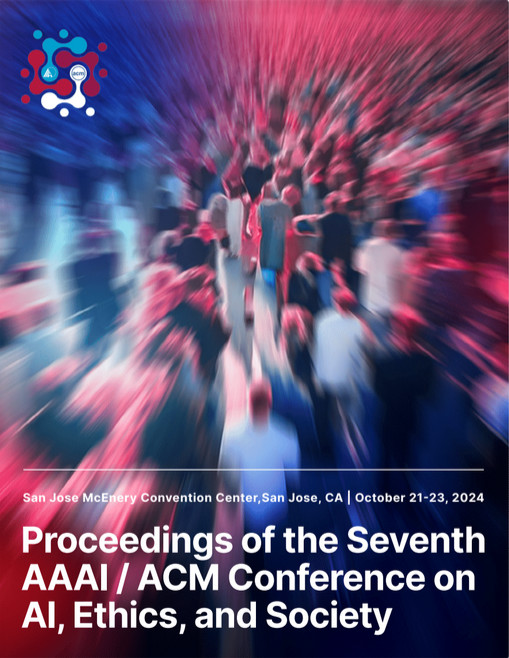A Formal Account of Trustworthiness: Connecting Intrinsic and Perceived Trustworthiness
DOI:
https://doi.org/10.1609/aies.v7i1.31624Abstract
This paper proposes a formal account of AI trustworthiness, connecting both intrinsic and perceived trustworthiness in an operational schematization. We argue that trustworthiness extends beyond the inherent capabilities of an AI system to include significant influences from observers' perceptions, such as perceived transparency, agency locus, and human oversight. While the concept of perceived trustworthiness is discussed in the literature, few attempts have been made to connect it with the intrinsic trustworthiness of AI systems. Our analysis introduces a novel schematization to quantify trustworthiness by assessing the discrepancies between expected and observed behaviors and how these affect perceived uncertainty and trust. The paper provides a formalization for measuring trustworthiness, taking into account both perceived and intrinsic characteristics. By detailing the factors that influence trust, this study aims to foster more ethical and widely accepted AI technologies, ensuring they meet both functional and ethical criteria.Downloads
Published
2024-10-16
How to Cite
Bisconti, P., Aquilino, L., Marchetti, A., & Nardi, D. (2024). A Formal Account of Trustworthiness: Connecting Intrinsic and Perceived Trustworthiness. Proceedings of the AAAI/ACM Conference on AI, Ethics, and Society, 7(1), 131-140. https://doi.org/10.1609/aies.v7i1.31624
Issue
Section
Full Archival Papers

